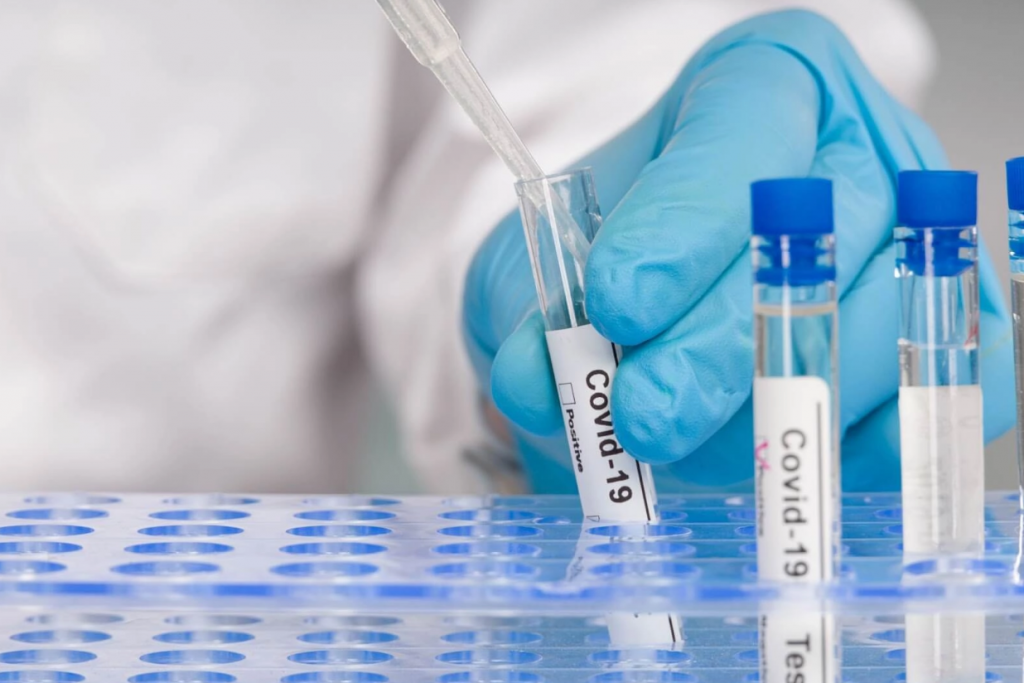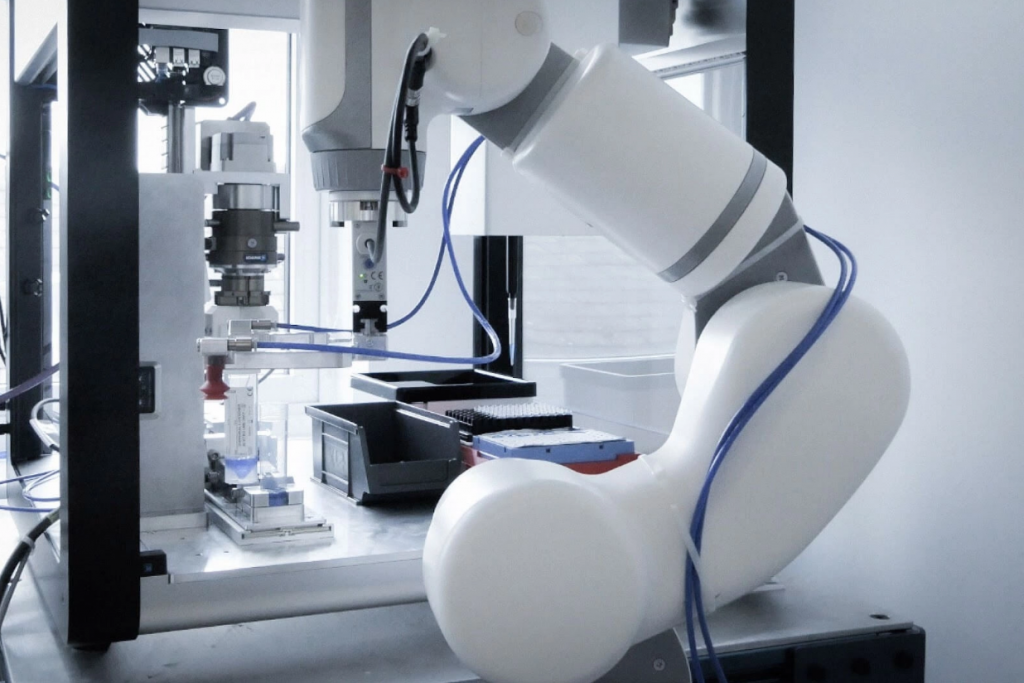Table of contents article:
Quality laboratory diagnosis is critical to improve patient outcomes. However, reproducibility issues and high-profile cases of misdiagnosis have raised questions about the validity of today's diagnostic testing. No guaranteed quality, patients can experience results, life-limiting, and researchers' experiments are often impossible to reproduce. Therefore, contact reliable and time-tested laboratories, where you can get tested and get the exact result, like in an excellent laboratory in St. Petersburg – e-m-l.ru.
So what is quality in diagnostic laboratories and how to ensure the highest possible quality of results?
What is laboratory quality and how does it affect diagnosis?
In diagnostics, "laboratory quality" refers to the accuracy of the reported results of diagnostic tests.
Ideally, laboratory results should be correct in 100% cases. But it is almost impossible to provide such a level of quality., and even if 99% results are correct, it can be disastrous – we learned this from inaccurate tests for COVID-19.

Any number of analytical, pre-analytical and post-analytical errors – from human error, equipment errors and sample preparation failures – Can mean, that tests don't give correct results. If the tests are regularly wrong, it degrades the quality of the laboratory.
Tests can be wrong for a number of reasons: scientist, doing tests manually, can skip pipetting the sample into the well; cross-contamination can affect results; or measurements, made by researchers, may be inaccurate.
In many cases it is impossible to even know, how many tests fail or what is the quality of laboratory results, until the results make a difference. Since human error is a very important factor in the quality of the results, the number of detected inaccurate tests can show only a small percentage of the total number of tests.
Why quality is considered important in diagnostic laboratories?
Accurate test results play an important role in identifying health problems and informing about medical intervention. Counted, what 70-80% all medical solutions, influencing the diagnosis, or associated with pathology research. As diagnostic methods become more sophisticated, and the demand for medical care is growing, the need for tests is increasing.
Early diagnosis is also critical to ensure better patient outcomes.. Quality testing is an important part of ensuring the timeliness of diagnostic testing, because a large number of failed tests can mean constant retesting and wasting valuable time analyzing failures.
Reproducibility – another element of diagnostic testing, affected by substandard laboratory results. For the development of science, researchers must be able to repeat and confirm each other's experiments.. However, in the Nature survey, which was attended by 1500 scientists, 70% reported, that they could not reproduce the experiments of another scientist, and more than half were unable to recreate their own.
Much of this problem may be due to poor lab results.. Without ensuring quality experimental results, time and resources are wasted, and false information is also persecuted.
Because fast and accurate diagnosis can mean the difference between life and death and the development of the field of diagnosis in general, laboratories must develop rapidly, to improve the accuracy and reliability of test results. So, let's look at some ways to ensure the quality of laboratory diagnostics.
Laboratory Quality Assurance Approaches
Quality is an important part of any diagnostic laboratory's ability to effectively treat patients and maintain its reputation in this area..
There are a number of approaches, which can be used to improve the quality of diagnostic laboratory results, including:
- Internal quality control (IQC): IQC – this is an internal check of that, that the laboratory will give the same result or conclusion, if the test or procedure is performed on different occasions.
- External quality control (EQC): EQA schemes – this is when an external group of laboratories compares laboratory tests with a source outside the laboratory, To make sure, that their results are good.
- Training: as much of the quality of diagnostic testing comes down to human error, personnel must be trained in accordance with high standards, to guarantee the accuracy of work.
- Equipment maintenance: to avoid any potential downtime or machine error, equipment and tools must undergo regular preventive maintenance.
- Reducing manual processes: mistakes usually happen in the laboratory, because humans are not built for manual tasks, such as dosing, again and again. By automating this kind of tasks, you can significantly improve the quality of diagnostic testing..
When it comes to improving diagnostic quality, avoiding manual operations is one of the most effective methods, providing better patient outcomes and more reproducible results. And automation – the best way to reduce human error, caused by manual testing.

Laboratory Test Automation.
How automation makes diagnostic lab results more accurate and timely
In the end, human error is very difficult, "humans tend to make mistakes". It is also very common in diagnostic labs, where are the recurring, grueling tasks make up the bulk of the test processing work.
When automation is used for repetitive processes, such as preparing samples for analysis, there are many advantages:
- Eliminating errors, human factors, makes laboratory results more accurate and accurate.
- No retesting required, and diagnostics can be delivered faster.
- Laboratories are much more efficient, save time, money and resources, improving patient outcomes.
- Experiments are much more accurate and, therefore, reproducible.
- Significantly reduced chances of cross-contamination.
- Personnel safety can be ensured, as they spend less time handling potentially infectious samples.
- Better work life for employees, with fewer monotonous tasks, less fatigue and lack of free time, so they can focus on work, which really matters.
However, despite the benefits of automation for laboratory quality, automation in this area is surprisingly slow. Unfortunately, automation has traditionally been too complex, inflexible and expensive for laboratory use.
Lab automation doesn't have to be so complicated and intimidating. It's a powerful way to empower laboratories to deliver better results and improve patient care and scientific innovation..
In the last section, we will look at, how to choose an automation solution, which is right for you.
Finding an automation solution, suitable for your laboratory
When looking for a solution for laboratory automation, which will effectively improve the quality of your diagnostic laboratory, there are three key factors to consider:
Flexibility: your automation requirements may change, so you need to find a solution and a supplier, which can be flexible according to your changing needs.
Complexity: traditional automation solutions often require a specialist with years of experience to deploy and manage. Finding a solution is critical, that would be simple enough for your existing staff to use and that could be deployed in just a few weeks or months. Managed Services – good option for beginners in automation.
Price: traditional automation solutions can often cost up to millions of dollars to deploy. Look for more affordable solutions – newcomers to the industry are often able to offer more innovative solutions at a lower cost.









